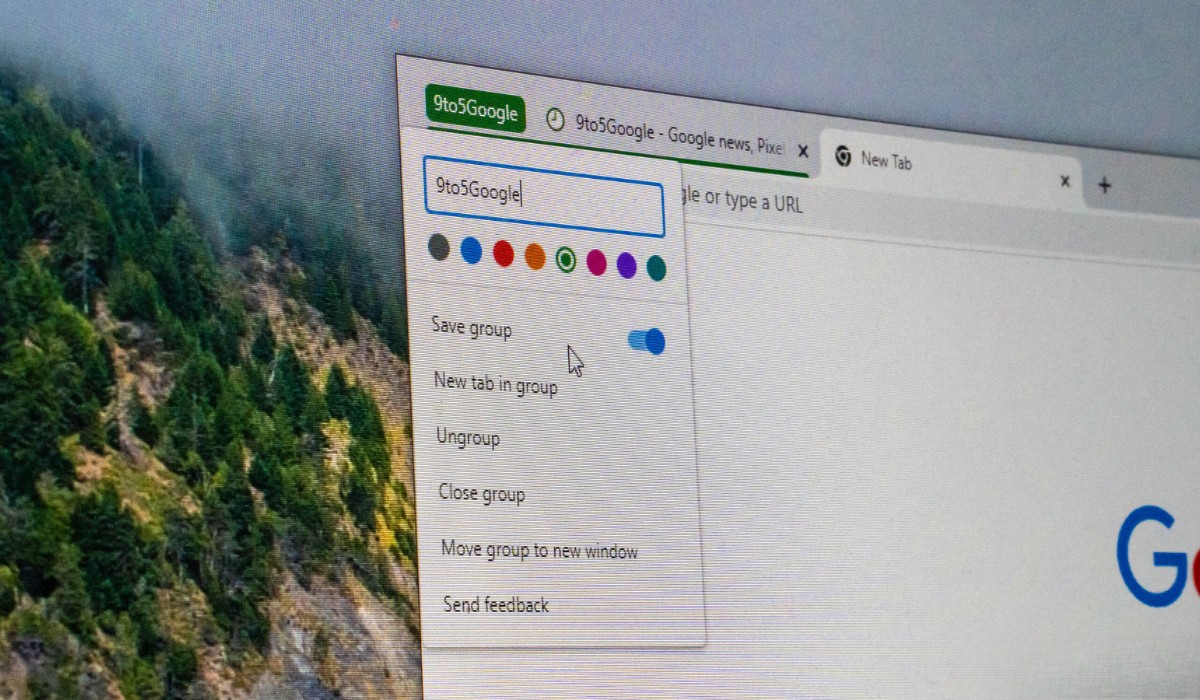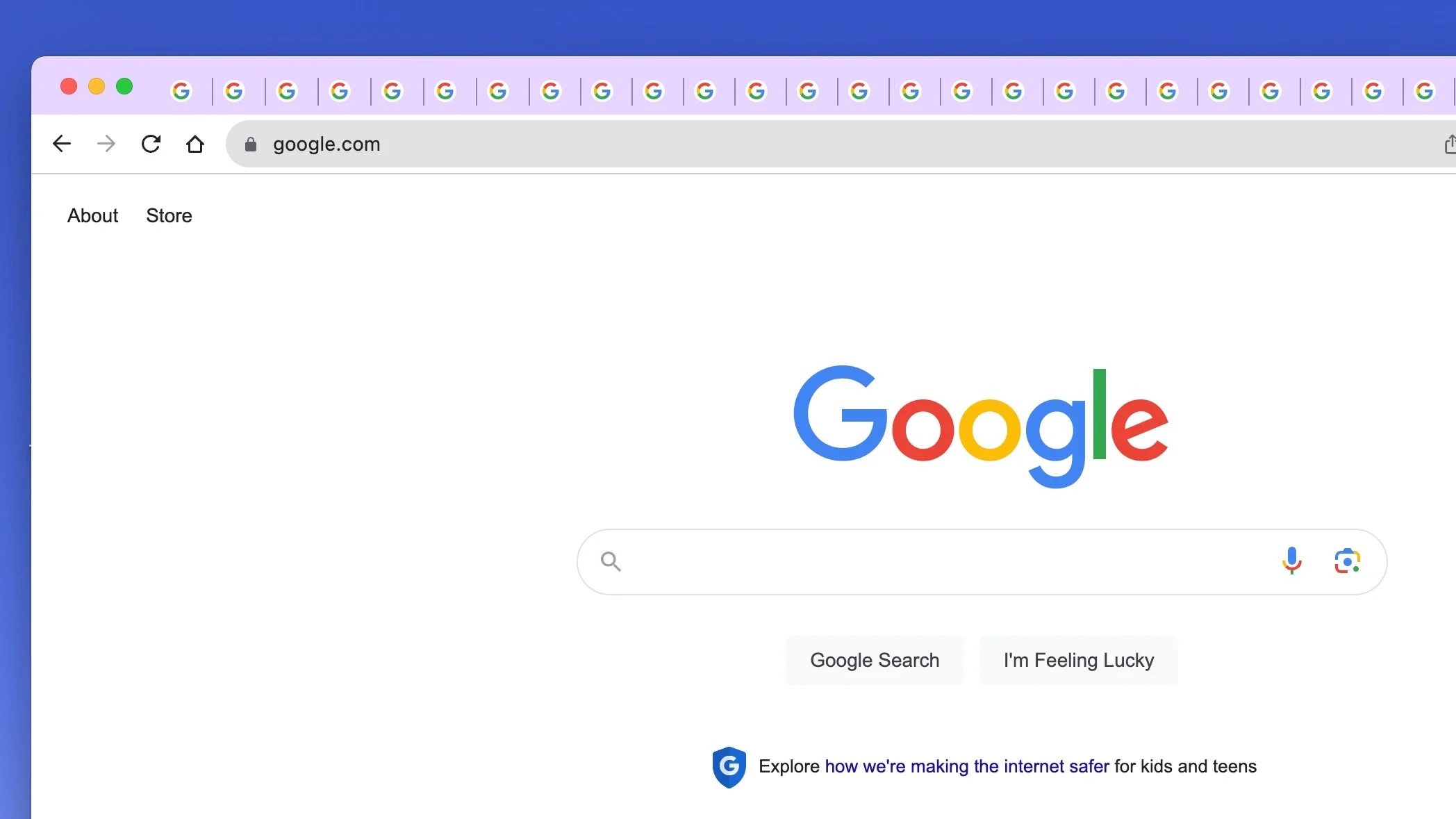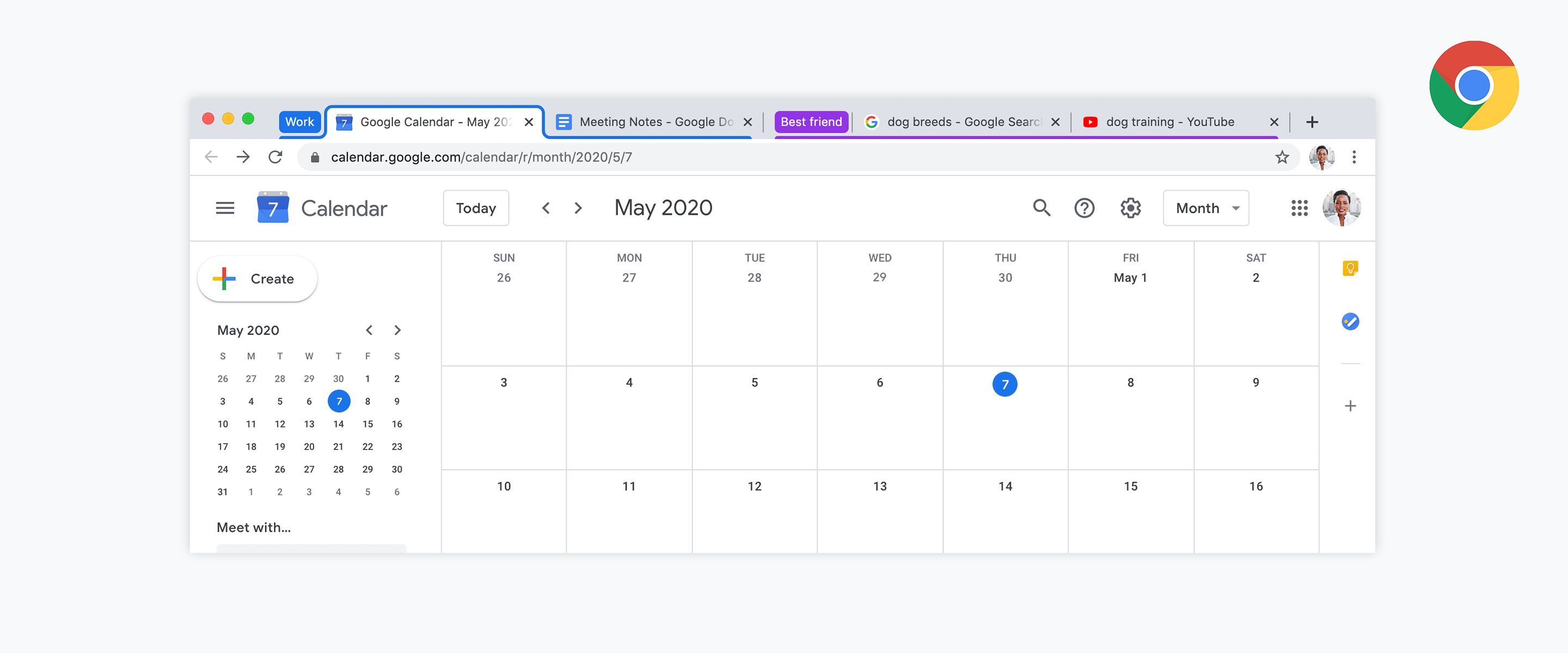Introduction
Managing multiple tabs in a web browser can be a daunting task, especially when you're juggling various tasks or conducting extensive research. The clutter of tabs can lead to disorganization and hinder productivity. Fortunately, modern web browsers offer innovative solutions to streamline tab management, and one such feature is the ability to create and save tab groups. This functionality allows users to organize related tabs into distinct groups, making it easier to navigate and switch between different sets of tabs.
In this article, we will explore the process of creating, managing, and saving tab groups in the popular web browser, Google Chrome. By leveraging this feature, users can maintain a tidy browsing environment and effortlessly access relevant sets of tabs whenever needed. Whether you're a student conducting research for multiple subjects, a professional managing various projects, or simply someone who enjoys keeping their browsing experience organized, mastering the art of tab groups can significantly enhance your productivity and browsing efficiency.
Now, let's delve into the step-by-step process of harnessing the power of tab groups in Chrome, empowering you to take control of your browsing experience and optimize your workflow.
Step 1: Creating and Managing Tab Groups
Tab groups in Google Chrome offer a convenient way to organize and manage multiple tabs, providing users with a seamless browsing experience. Here's how you can create and effectively manage tab groups to streamline your workflow:
Creating Tab Groups
-
Grouping Tabs: To create a tab group, right-click on a tab and select "Add tab to new group." Alternatively, you can simply drag and drop a tab onto an existing tab group to add it to that group.
-
Customizing Groups: Chrome allows you to assign specific colors to tab groups, making it easier to visually distinguish between different categories of tabs. Right-click on a tab within a group, select "Edit group," and choose a color to personalize the group.
-
Naming Groups: It's beneficial to assign names to tab groups for easy identification. Right-click on a tab within a group, select "Edit group," and enter a descriptive name for the group.
Managing Tab Groups
-
Expanding and Collapsing Groups: To declutter your tab bar, you can collapse tab groups by clicking on the group name. This action minimizes the display of individual tabs within the group, providing a cleaner interface.
-
Rearranging Tabs: Within a tab group, you can easily rearrange tabs by dragging and dropping them into your preferred order. This feature allows you to prioritize tabs based on relevance or workflow.
-
Removing Tabs from Groups: If you need to remove a tab from a group, simply right-click on the tab and select "Remove from group." This action detaches the tab from the group while retaining it as an individual tab.
-
Closing and Opening Groups: Chrome enables users to close an entire tab group by right-clicking on the group name and selecting "Close group." Conversely, you can reopen a closed group by right-clicking on a tab within the group and choosing "Reopen closed tab group."
By mastering the art of creating and managing tab groups in Chrome, users can effectively organize their browsing activities, enhance productivity, and maintain a clutter-free workspace within the browser. This feature is particularly beneficial for individuals who frequently work with multiple tabs simultaneously, such as researchers, students, professionals, and avid internet users.
With tab groups, Chrome empowers users to take control of their browsing experience, offering a practical solution for organizing and managing diverse sets of tabs with ease and efficiency.
Step 2: Saving Tab Groups for Later Use
Once you've meticulously organized your tab groups in Google Chrome, the next step is to ensure that your efforts are preserved for future use. Saving tab groups allows you to retain specific sets of tabs, ensuring that you can easily revisit them at a later time without the need to recreate the groups from scratch. This functionality is particularly valuable for individuals who frequently work on recurring projects, conduct research across multiple sessions, or simply wish to maintain a curated collection of tabs for various purposes.
Saving Tab Groups
-
Preserving Tab Groups: After organizing your tabs into distinct groups, Chrome enables you to save these groups for future reference. Right-click on any tab within a group and select "Save group." This action preserves the entire tab group, including its individual tabs and the associated group settings.
-
Accessing Saved Groups: Once a tab group is saved, it becomes readily accessible for future use. To view and access your saved tab groups, click on the "Tab Groups" icon in the upper-right corner of the Chrome browser. From the dropdown menu, select "Saved groups" to reveal a list of all your preserved tab groups.
-
Restoring Saved Groups: When you wish to revisit a saved tab group, simply click on the desired group from the "Saved groups" list. Chrome will promptly restore the entire tab group, displaying the associated tabs in their original arrangement and configuration.
Benefits of Saving Tab Groups
By saving tab groups in Chrome, users can enjoy several notable benefits:
-
Efficiency and Convenience: Saving tab groups eliminates the need to manually recreate complex tab arrangements, saving time and effort when revisiting specific sets of tabs.
-
Persistent Organization: Preserved tab groups ensure that your meticulously organized tabs remain intact, allowing you to maintain a structured browsing environment across multiple browsing sessions.
-
Workflow Continuity: For individuals working on ongoing projects or research, saved tab groups facilitate seamless continuity, enabling swift access to relevant tabs without the risk of disorganization or loss.
-
Personalization and Customization: Chrome's ability to save and restore tab groups empowers users to personalize their browsing experience, tailoring tab arrangements to suit their unique preferences and workflow requirements.
By leveraging the feature to save tab groups in Google Chrome, users can effectively preserve their curated browsing environments, ensuring that their organized tab arrangements remain readily available for future use. This functionality aligns with Chrome's commitment to enhancing user productivity and providing a tailored browsing experience that caters to diverse workflow needs.
Step 3: Restoring Tab Groups
Restoring tab groups in Google Chrome is a seamless process that empowers users to effortlessly revisit and reinstate their meticulously organized sets of tabs. Whether you're resuming a previous project, picking up where you left off in a research endeavor, or simply revisiting a curated collection of tabs, the ability to restore tab groups offers unparalleled convenience and efficiency within the browsing experience.
Upon accessing the "Tab Groups" feature in Chrome, users can readily restore their saved tab groups with just a few simple steps. The process of restoring tab groups unfolds as follows:
-
Accessing Saved Groups: To initiate the restoration process, users can click on the "Tab Groups" icon located in the upper-right corner of the Chrome browser. From the dropdown menu, selecting "Saved groups" reveals a comprehensive list of all preserved tab groups, each representing a distinct collection of tabs organized for specific purposes or projects.
-
Selecting the Desired Group: Within the "Saved groups" list, users can browse through their curated tab collections and select the specific group they wish to restore. Whether it's a research project, a work-related task, or a personal browsing session, Chrome provides a user-friendly interface for effortlessly identifying and choosing the desired tab group for restoration.
-
Prompt Restoration: Upon selecting a saved tab group, Chrome promptly initiates the restoration process, seamlessly reinstating the entire tab group along with its associated tabs, configurations, and personalized settings. This swift action ensures that users can swiftly transition back to their organized browsing environment without the need for manual tab rearrangement or configuration adjustments.
By seamlessly restoring tab groups in Google Chrome, users can experience the following benefits:
-
Workflow Continuity: The ability to promptly restore tab groups facilitates seamless workflow continuity, allowing users to effortlessly transition back to their organized browsing environment without disruptions or delays.
-
Efficiency and Productivity: Restoring tab groups eliminates the need to manually reconstruct complex tab arrangements, saving valuable time and streamlining the process of accessing relevant sets of tabs.
-
Organizational Integrity: Preserved tab groups maintain their organizational integrity, ensuring that meticulously arranged tabs are reinstated in their original configurations, preserving the user's preferred tab arrangements and group settings.
-
Personalized Browsing Experience: Chrome's seamless restoration of tab groups empowers users to personalize their browsing experience, ensuring that their curated tab collections remain readily accessible for ongoing use and reference.
In essence, the process of restoring tab groups in Google Chrome exemplifies the browser's commitment to enhancing user productivity, streamlining tab management, and providing a tailored browsing experience that caters to diverse workflow needs. Whether for professional endeavors, academic pursuits, or personal browsing preferences, the ability to seamlessly restore tab groups underscores Chrome's dedication to empowering users with efficient and intuitive browsing tools.
Conclusion
In conclusion, the implementation of tab groups in Google Chrome represents a significant leap forward in enhancing the browsing experience for users who frequently navigate through multiple tabs. By mastering the art of creating, managing, saving, and restoring tab groups, individuals can effectively streamline their workflow, maintain organizational integrity, and optimize their productivity within the browser environment.
The ability to create and manage tab groups empowers users to categorize and prioritize their tabs, facilitating a clutter-free interface and seamless navigation between related sets of tabs. With the flexibility to customize group colors, assign descriptive names, and rearrange tabs within groups, Chrome offers a versatile solution for organizing diverse browsing activities, whether for work, research, or personal interests.
Furthermore, the feature to save and restore tab groups ensures that users can preserve their meticulously organized tab arrangements for future use, eliminating the need to recreate complex tab configurations. This functionality is particularly valuable for individuals working on recurring projects, conducting research across multiple sessions, or simply seeking to maintain a curated collection of tabs tailored to their unique needs and preferences.
The seamless restoration of tab groups underscores Chrome's commitment to providing an intuitive and efficient browsing experience, where users can swiftly transition back to their organized browsing environment without disruptions or delays. This feature aligns with Chrome's overarching goal of empowering users with tools that enhance productivity, streamline tab management, and cater to diverse workflow requirements.
Ultimately, the integration of tab groups in Google Chrome reflects the browser's dedication to evolving alongside users' browsing habits, offering practical solutions to address the challenges of tab overload and disorganization. By harnessing the power of tab groups, users can take control of their browsing experience, maintain a structured workspace, and access relevant sets of tabs with unparalleled ease and efficiency.
As the digital landscape continues to evolve, Chrome's commitment to innovation and user-centric features ensures that tab management remains a seamless and empowering aspect of the browsing experience. Whether for professional endeavors, academic pursuits, or personal browsing preferences, the implementation of tab groups in Google Chrome represents a pivotal advancement in optimizing the way users interact with and navigate through the web, ultimately enhancing their overall browsing efficiency and satisfaction.

























